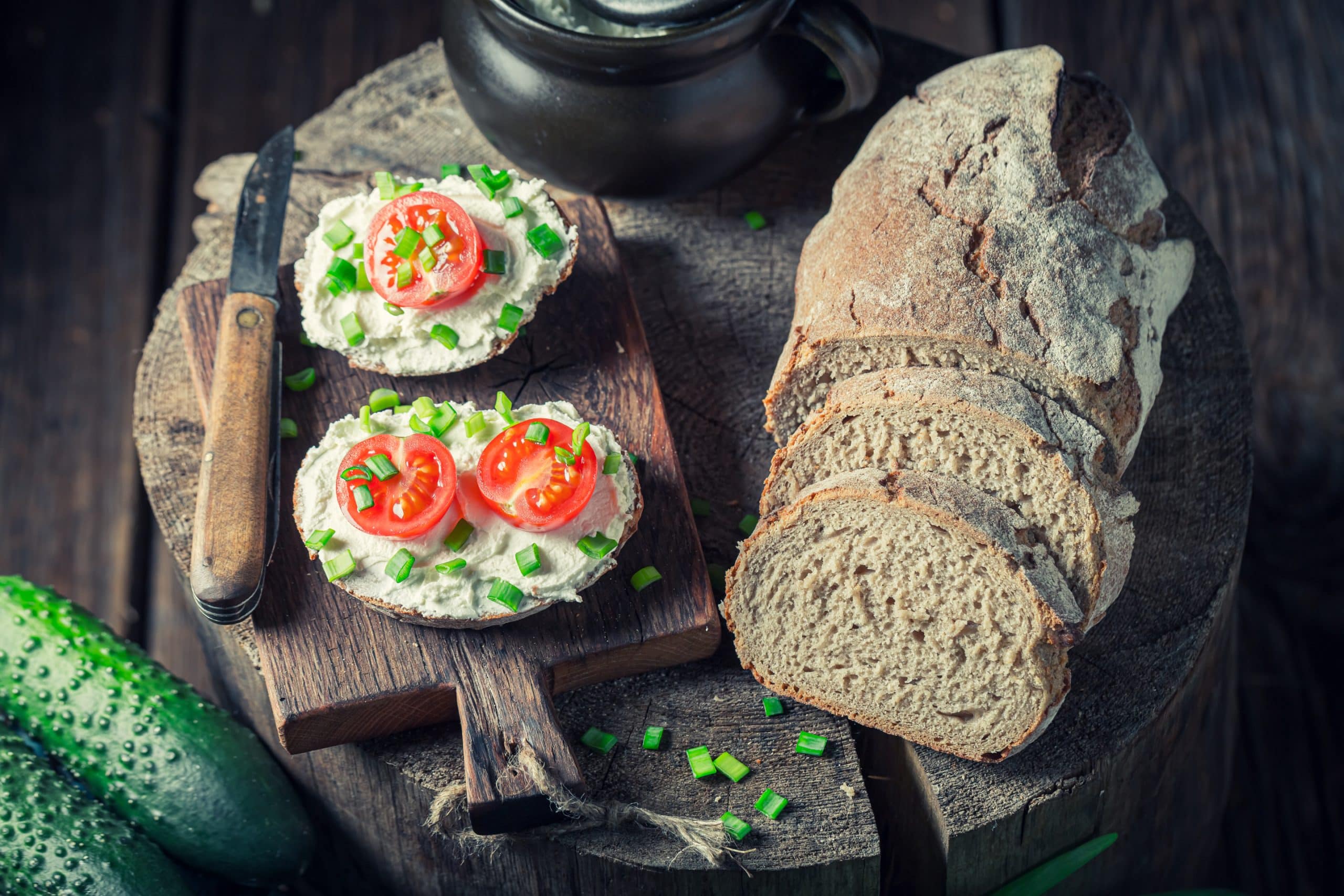What are the best English towns for exploring historical cheese production techniques?

Dive into the heart of British rural tradition, where the scent of ripening cheeses fills the air and the gentle hum of dairy factories echoes through the cobbled streets. Here, in the British countryside, lies the history of cheese making, a practice deeply woven into the fabric of the region. From the smooth, tangy Cheshire to the rich, full-bodied Cheddar, each cheese tells a story of years of skill, dedication, and a commitment to quality.
The historical cheese town of Cheddar
Located in the heart of Somerset, Cheddar is often considered the birthplace of Britain's most popular cheese. The town's name has become synonymous with the creamy, sharp cheddar cheese that originated here over a thousand years ago.
Avez-vous vu cela : Where can tourists find immersive World War I trench reenactments in Northern England?
In the early days, cheese making in Cheddar was a small-scale, family-owned affair, with the milk coming directly from the family's own herd. The process was laborious, often taking up to a year for the cheese to fully mature. However, the result was a cheese of unparalleled flavor and quality.
Today, visitors can explore the original cheese factories where this tradition began. At the Cheddar Gorge Cheese Company, for instance, you can witness first-hand the traditional cheese making process, and sample the fruits of their labor. These historical sites offer a glimpse into a time when cheese was not just a food, but a way of life.
A découvrir également : Which UK cities offer the most detailed ghost tours of Victorian era sites?
Discovering the dairy heritage of Stilton
Stilton, a small English village in Cambridgeshire, is another must-visit for any cheese aficionado. This village is famous for its namesake cheese, Stilton, a blue-veined variety with a distinct rich and creamy texture.
The production of Stilton cheese in the village dates back to the 18th century and has been well-documented over the years. The Bell Inn, a historic pub in the town, is acknowledged as the first recorded place to sell Stilton cheese.
Today, the village is home to numerous dairy farms and factories where the tradition of cheese making still thrives. Visitors can embark on cheese tours, visiting local farms, and participating in cheese making workshops.
The cheese legacy of Cheshire
Cheshire, a region in Northwest England, is known for its delicious and crumbly cheese, which shares the same name. Cheshire cheese has been produced in the region for at least a thousand years, making it one of the oldest known British cheeses.
The cheese is traditionally made from locally sourced milk, and its unique, slightly salty flavor is said to be influenced by the rich, mineral-laden pastures of the Cheshire Plain.
Visitors to Cheshire can visit cheese factories like the H.S. Bourne Cheese Factory, which has been producing traditional Cheshire cheese for over two centuries. Here, visitors can learn about the history of cheese making, view the production process, and sample the delicious product.
The artisan cheesemakers of Nantwich
Nantwich, a modest town in Cheshire, holds a strong claim as one of the centers of British cheese production. This reputation is largely thanks to its thriving artisan cheese industry and the International Cheese Awards, held in Nantwich every year.
A visit to Nantwich provides an opportunity to meet the local cheesemakers who uphold the town's cheese making traditions. By visiting local farms and factories, you can witness the art and science of creating cheese from fresh, local milk.
The dairy traditions of Hawes in Yorkshire
Our final stop is Hawes, a small market town in Yorkshire, which has become renowned for its Wensleydale cheese. The cheese has a long history in the town and is famously associated with the animated duo, Wallace and Gromit.
The Wensleydale Creamery in Hawes is a major draw for visitors. You can tour the creamery and see how this traditional cheese is produced, and even try your hand at cheese making. The creamery also has a cheese museum, where you can learn about the history of Wensleydale cheese and cheese making in Yorkshire.
These towns, each with its own unique cheese making traditions, represent the rich dairy heritage of England. A visit to these historical hubs of cheese production offers more than just a taste of some of the world's finest cheeses. It's a chance to experience first-hand the living traditions that have shaped British food culture for centuries.
The traditional cheese factories of England's Neal Yard
Neal Yard, located in the heart of London, is a mecca for cheese enthusiasts from around the world. The quaint, charming courtyard, bursting with the aroma of cheese, is home to the famous Neal’s Yard Dairy. This company, founded in the late 1970s, has been instrumental in reviving traditional British cheese making techniques and supporting small-scale, artisan cheese makers across the United Kingdom.
Neal’s Yard Dairy works directly with more than 40 different cheese makers across the UK. The cheeses are made from raw milk, a practice that was once common in England but has declined due to industrialization and the rise of mass-produced, pasteurized milk cheese. The team at Neal’s Yard Dairy believes that cheese made from raw milk has a richer, more complex flavor and texture.
Inside the dairy, patrons can find a variety of artisanal British cheeses, including the traditional Cheddar, Stilton, and Cheshire, as well as lesser-known varieties like the pungent Stinking Bishop and the creamy, indulgent Baron Bigod. The knowledgeable staff is always on hand to provide samples and educate visitors about the intricacies of traditional cheese production.
The dairy also offers cheese tasting events and cheese making workshops, where participants can learn to make their own mozzarella or cheddar cheese. These hands-on experiences not only provide a deeper understanding of the cheese making process, but also highlight the vital role that traditional practices play in the modern cheese industry.
United States and the British cheese influence
While English towns are steeped in rich cheese history, the influence of British cheese making extends far beyond its borders. In fact, it has had a significant impact on cheese production in the United States. This is especially evident in the production of cheddar cheese, which, inspired by the traditional Cheddar from Somerset, has become one of the most popular cheeses in the United States.
American cheese makers often look to their British counterparts for inspiration in both technique and flavour profiles. The Courtyard Dairy, for instance, a British cheese company, has collaborated with American cheese makers, sharing their methods and expertise. Many American cheese factories have even begun producing their own versions of traditional British cheeses, such as Stilton and Cheshire.
However, there is also a growing trend in the United States of creating unique, American-style cheeses that combine traditional British cheese making methods with locally sourced ingredients. The result is a diverse and vibrant cheese industry that pays homage to its British roots while also embracing innovation and individuality.
Conclusion
Exploring the English towns of Cheddar, Stilton, Cheshire, Nantwich, and Hawes offers a fascinating journey into the history and tradition of cheese making. Each town, with its own unique cheese, tells a story of a time-honoured practice passed down through generations. Whether it's biting into a sharp piece of Cheddar in its namesake town, or witnessing the cheese making process at the Neal's Yard Dairy, this journey offers a unique exploration into the world of cheese.
The influence of traditional British cheese making further extends beyond England, notably impacting the cheese production in the United States. Through collaborations and shared expertise, the legacy of British cheese continues to inspire and shape the global cheese industry.
In a world that increasingly values fast, convenient food production, these towns stand as a testament to the richness and depth that comes from time-honoured traditions. They remind us that cheese making is not just about producing a popular food product, but is an art form, steeped in history and culture, and integral to our shared culinary heritage. So next time you savour a slice of cheese, take a moment to appreciate the centuries of tradition and passion that have gone into its creation.
